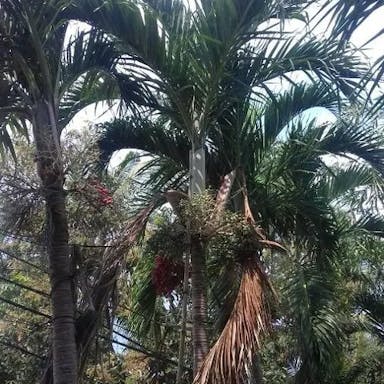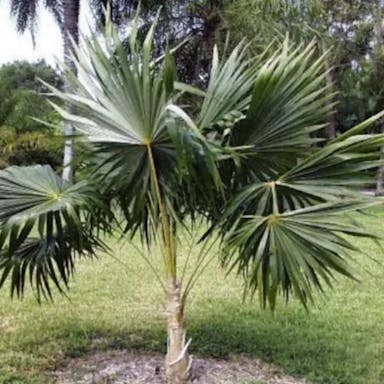The resplendent Roystonea regia is a picturesque woody plant flourishing in its natural habitat. This stately specimen distinguishes itself by its statuesque trunk and expansive crown of leaves. Though requiring ample space, it rewards the grower with sublime tropical allure. Its petite yellow blooms give way to dark berries relished by fauna. The Cuban royal palm's noble visage graces gardens worldwide. Yet it remains a cultural emblem of its native country. To learn more on this regal ornamental, see the informative Wikipedia entry.
0
0












